The aircraft for today is designated as BAC Strikemaster which was used a light trainer aircraft as well as a light attack fighter that was designed by the British Aircraft Corporation as a cheap alternative to training aircraft. The origin of the BAC Strikemaster rises from the Percival Provost; a lightweight jet engine training aircraft that flew at the start with a radial piston engine.
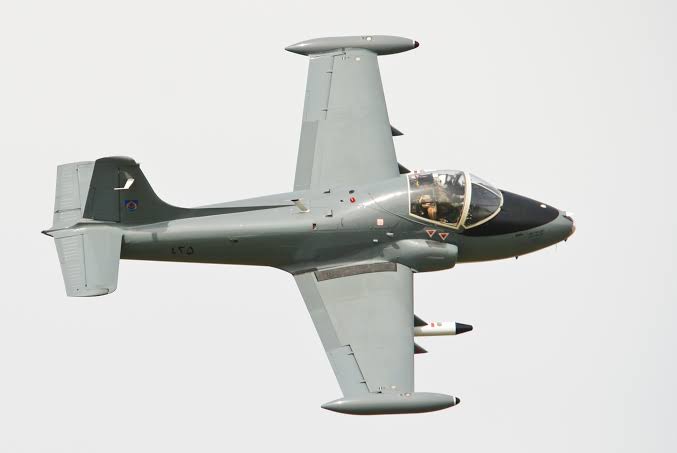
The aircraft was designed for the budget-conscious world nations for their aircraft where a dedicated trainer pilot could be armed for low-level missions of counterinsurgency.
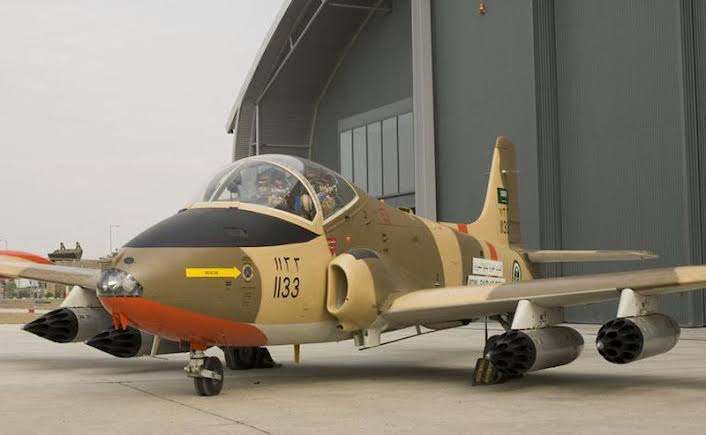
This is the reason that the BAC Strikemaster saw the extensive service during the Cold War era with the last service from the aircraft seen for the Sudanese Air Force. To this date, there still remain many of the BAC Strikemaster aircraft that are in flyable condition. The retirement of this aircraft was caused due to a series of accidents resulted due to design setbacks.
Origin from Percival Provost:-
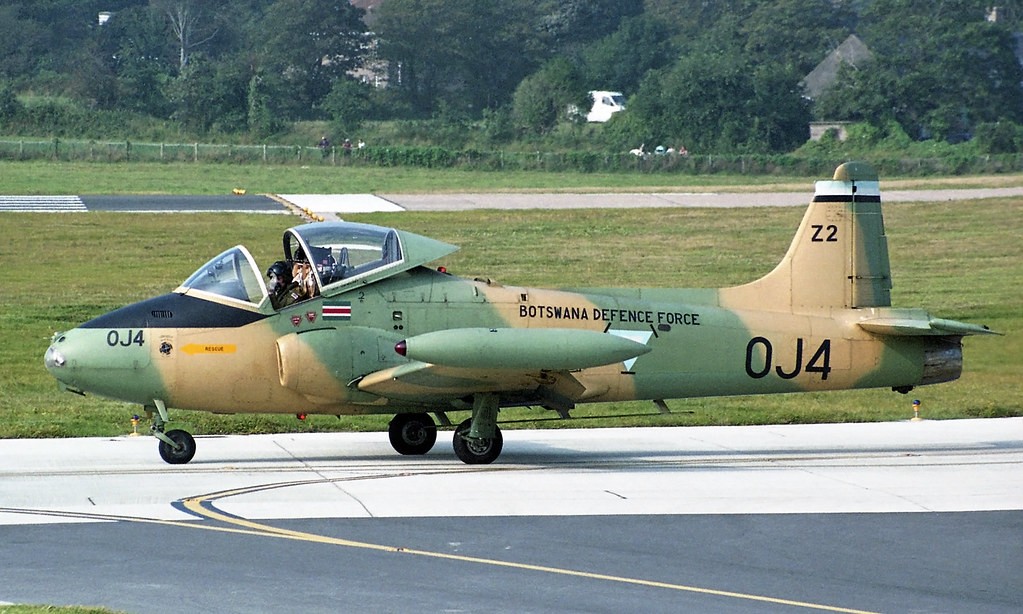
The origin of the BAC Strikemaster comes from the Percival Provost which was a monoplane that was powered by a single radial piston engine. The aircraft gained popularity form all across the world and thus care was given to covert this training aircraft into jet-powered one. This led to the creation of the Hunting Jet Provost which flew for the first time back in 1954. Nearly 741 of these Hunting jet Provosts were manufactured until 1993 when it was formally retired.
The difference from Percival Provost:-
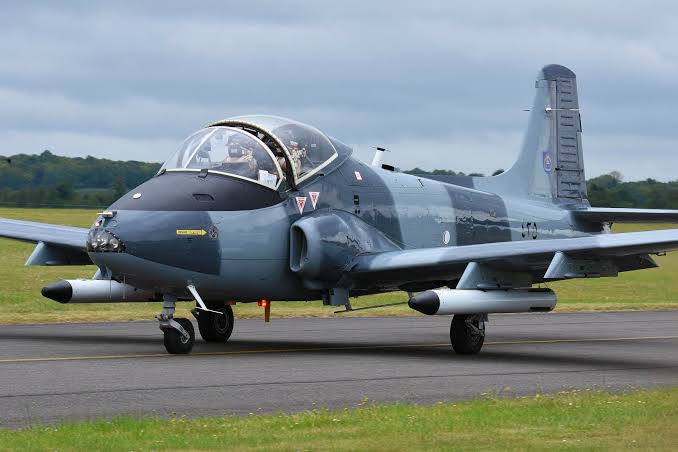
The Hunting jet Provost was the base for the creation of the BAC Strikemaster or also known as BAC 167 Strikemaster. Still, there were many key differences between the Hunting jet Provost and the BAC Strikemaster, first of which was equipping the aircraft with the engine of the Rolls Royce Viper series. In addition to this, the BAC Strikemaster was designed to have 4 hardpoints under its wings that were used for ordnance and the external fuel tanks. As for the internal structure of the BAC Strikemaster, it was made more reinforced to serve for military purposes.
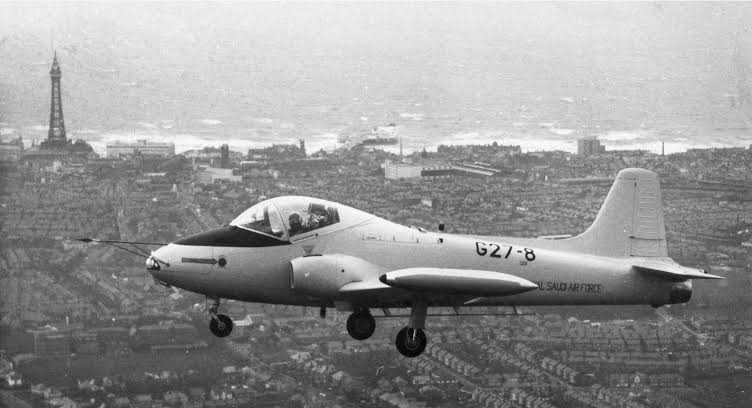
The very first of the BAC Strikemaster prototype aircraft flew back in October 1967. This series was liked by many of the world’s budget-conscious air forces and saw a massive export market. Still, despite being made by the British Aircraft Corporation, the British Royal Air Force never even procured a single BAC Strikemaster for their own fleet.
Design of BAC Strikemaster:-

The external design of the BAC Strikemaster was highly conventional that consisted of the fuselage that managed the entire internal components like the cockpit, fuel stores, engine installation and the avionic.
The cockpit of the BAC Strikemaster was a well-forwarded one which allowed for the pilot to have better visibility. As for the nose section, it was made short and also sloped downward from the windscreen. The canopy of the cockpit was lightly framed for increased visibility.
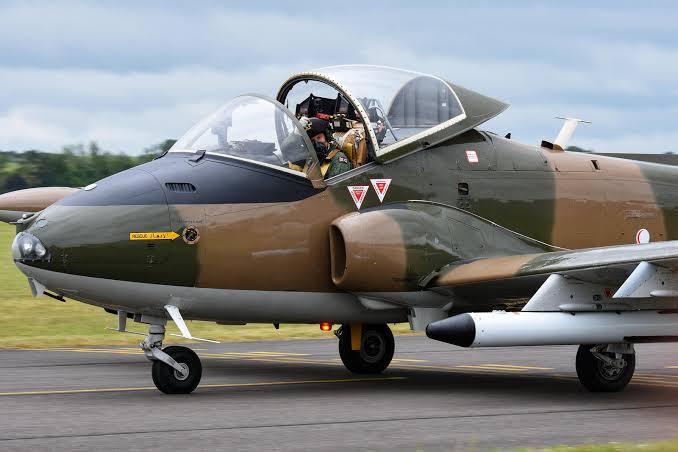
The single-engine of the BAC Strikemaster was installed deep in the fuselage which was tapered at the aft end of the fuselage for encasing the exhaust ring. The air intakes were small and of half-moon shapes that were made on the sides of the cockpit.
External fuel tanks were placed atop the wings and the hardpoints under the wings allowed for equipping the aircraft with weapons.
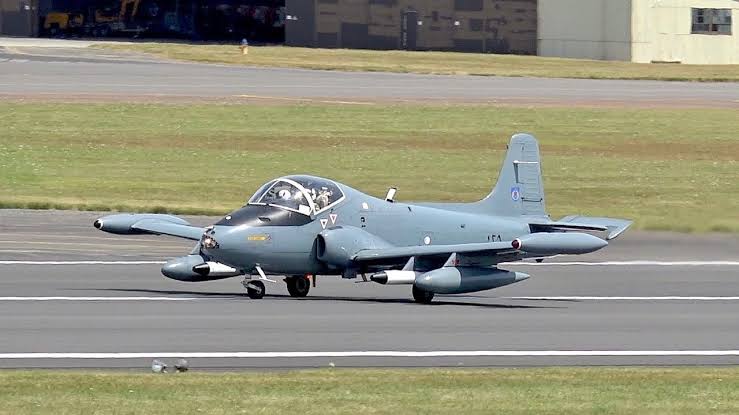
The undercarriage was made to be simple which had a single wheel landing gear in the front and two single-wheeled legs beneath its every wing. The legs were made shorter to give aircraft a shallow stature when resting.
Powerplant and other specs:-
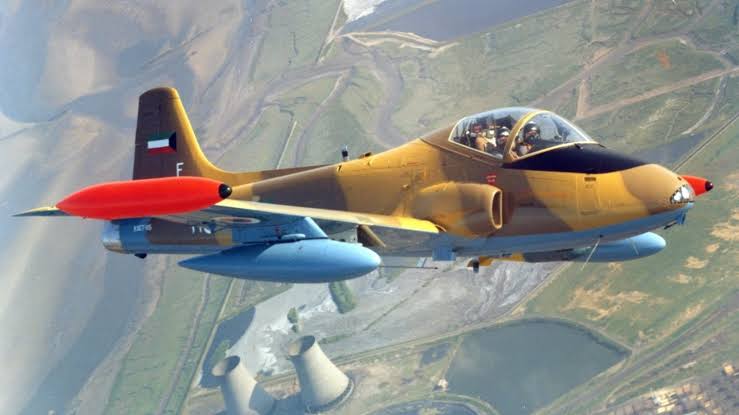
A single one of the BAC Strikemaster aircraft was powered by a Rolls Royce Viper Mk.535 turbojet engine that created a thrust of nearly 3140 lbs/ft. this much power allowed for the aircraft to fly at a top speed of 518 mph for a maximum combat range of 1382 miles at a service ceiling of approximately 40026 feet. The climbing rate for the v was about 5250 feet per minute.
The aircraft from its one wing to another measured for about 36.9 feet while the overall length was about 33.7 feet along with the length being 10.10 feet. The empty BAC Strikemaster weighed about 6200lbs with the MTOW to be about 11500 lbs.
Armaments:-

The BAC Strikemaster was basically designed to be a training aircraft but its secondary purpose was to be a light attack fighter in times of need. For this purpose, the aircraft had the ability to be equipped with the light ordnance like 2 of the FN 7.62mm internal machine guns which were mostly fitted as the standard armaments. The aircraft had the capability to carry about 3000lbs of ordnance payload externally under its wings.
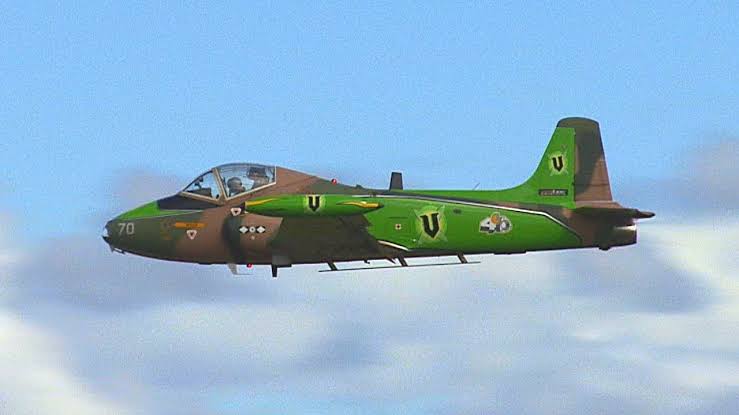
Their external ordnance could be the machine guns pods of 7.62mm, cannon pods of 20mm, air-to-surface rocket pods, conventional drop bombs, and the napalm. These underwing hardpoints could also be used for allowing the aircraft to carry about 2 external fuel drop tanks to increase the operational range.
Operators of BAC Strikemaster:-

The production line of the BAC Strikemaster started back in 1967 and it ended well into the year 1984 and during that time early 146 of these aircraft were manufactured. Many of the world air forces liked the BAC Strikemaster due to its low operational and maintenance cost and the main operators of this aircraft are as follows.
- Botswana
- Ecuador
- Kenya
- Kuwait
- New Zealand
- Oman
- Saudi Arabia
- Singapore
- South Yemen
- Sudan
Combat service:-

While the BAC Strikemaster was utilized by its operators for training purposes mainly, it is still used in combat service. Like the Oman Air Force used their fleet of BAC Strikemaster for their Dhofar Rebellion that lasted from 1962 to 1975 to fight off the liberation front.
The other notable service of the BAC Strikemaster was for Ecuador when they used the aircraft to target the Peruvian enemy forces.
Retirement:-

The aircraft enjoyed a long and lengthy combat and trainer aircraft service with its operators worldwide. But the fatigue issue was found in the wings of the BAC Strikemaster which was the main cause of its retirement back in 1993.
One particular accident caused due to the fatigue issue of the BAC Strikemaster was when a civilian BAC Strikemaster crashed and killed its fliers back on 5th October 2006.
Although the aircraft is retired from military service, there are still numerous of these BAC Strikemasters that are in hands of civilians and are in flyable conditions.
Related Content
Interesting facts about the HAL Tejas: The Indian LCA (Light Combat Aircraft)




